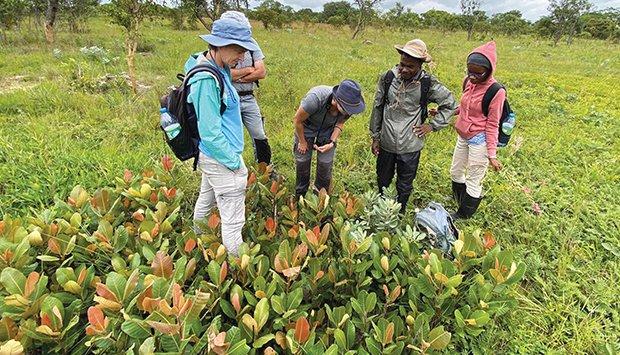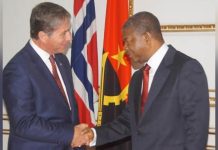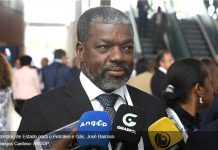Africa-Press – Angola. Scientists assigned to the University of Hamburg (Germany) and the Higher Institute of Educational Sciences (ISCED) defend the conservation of the site and the dissemination of the find
Scientists from the University of Hamburg (Germany) and the Higher Institute of Education Sciences (ISCED), in Huíla, made known, at the weekend, the discovery of 43 species of rare plants in the Tundavala Tundavala, on the outskirts of the city of Lubango. , following scientific research on biodiversity, which has been ongoing for about ten years.
The project is part of the actions of the Southern African Scientific Services Center for Climate Change and Sustainable Soil Management (SASSCAL), in progress since 2013.
The project coordinator, Manfred Fincky, who provided the information to Jornal de Angola, said that, of the 43 species identified in the Tundavala Rift, two were recently described as new species for science, and also as new records for Angola.
Manfred Fincky, a German scientist, said that these are species that only exist in Angola, specifically on the escarpment of the Tundavala Rift. He defended the need to conserve the area, given its rarity, since, he says, the destruction of these species and spaces will directly cause the destruction of other living beings.
“When we talk about endemic species, we are looking at those that are found in a certain region, perhaps because of the climate, soil or other factors”, he clarified, adding that, in the specific case, they are species that only exist in the region of Fenda da Tundavala
The scientist explained that the SASSCAL project is being developed by Germany and five southern African countries (Angola, Namibia, South Africa, Zambia and Botswana).
He informed that, in the case of Huíla, the project is being developed together with the scientific area of the Higher Institute of Education Sciences (ISCED).
Manfred Fincky highlighted the importance of the study that allowed the identification and knowledge of the species.
The project coordinator stressed that there is an international convention for the conservation of biodiversity, to which Angola is a party, allowing knowledge of the country’s biodiversity.
According to the scientist, the destruction of Tundavala can also influence global warming or climate.
He said that, in addition to the discovery of plants, studies are also being carried out on the factors that occur to enable the existence of the same species.
He stressed that there is a need for disclosure, so that other parts of the world have knowledge of these rare species.
With the project, he said, it is possible to discover and identify new species, which only exist in Angola, and work on actions aimed at their conservation.
He defended the need for conservation and dissemination of the potential of different areas, such as the Tundavala Rift.
For More News And Analysis About Angola Follow Africa-Press






